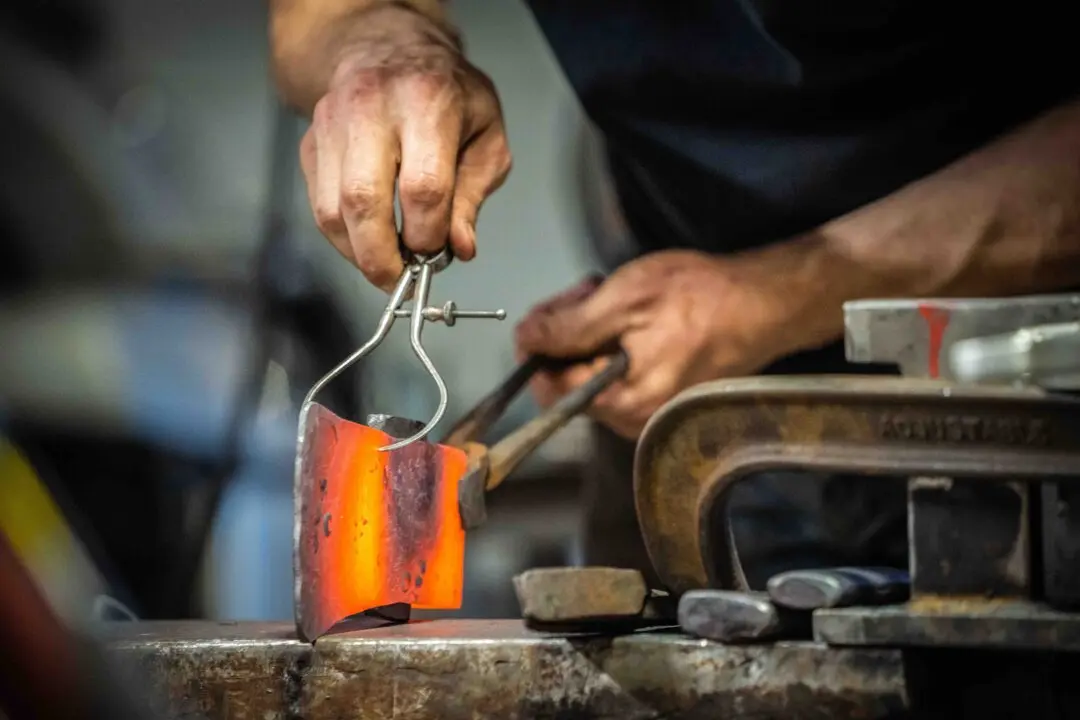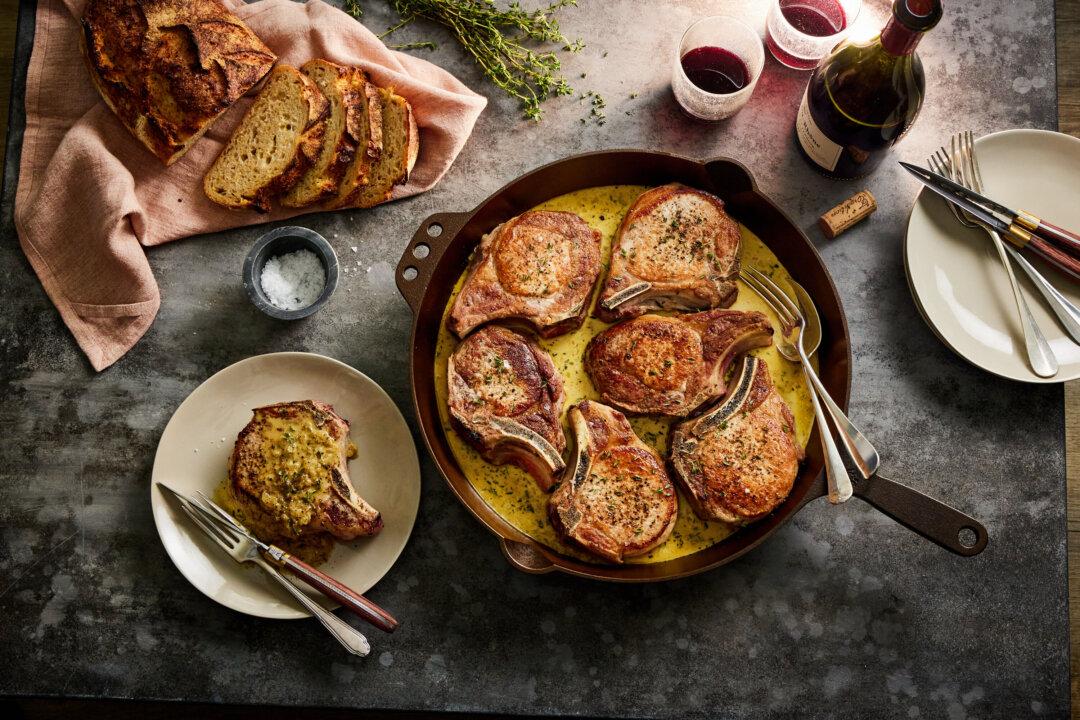Stéphanie Kilgast’s delightful artwork is a kaleidoscopic display of flowers, coral, sea creatures, and fungi appearing to grow out of pieces of trash. The intricate models would be extraordinary on their own, but the way they’ve been placed onto discarded objects, emerging from the trash, gives them a deeper meaning.
It was an exploration of the play between humans and nature that led Kilgast, 37, to create her intriguing sculptures. The latest project features flora and fungi sprouting from the pages of old, discarded books.






